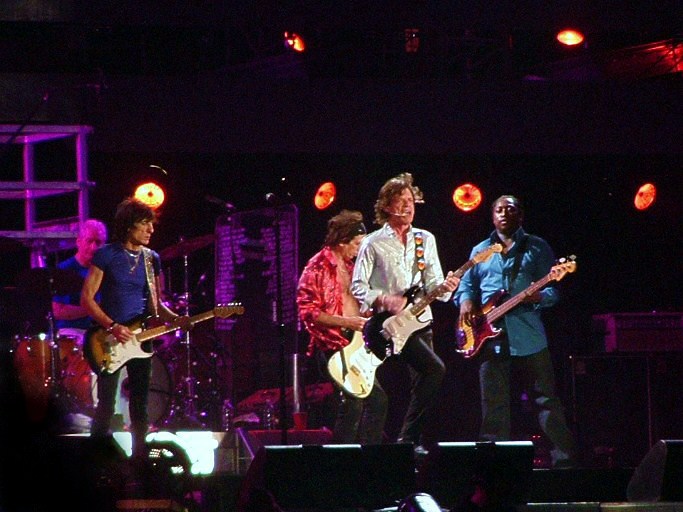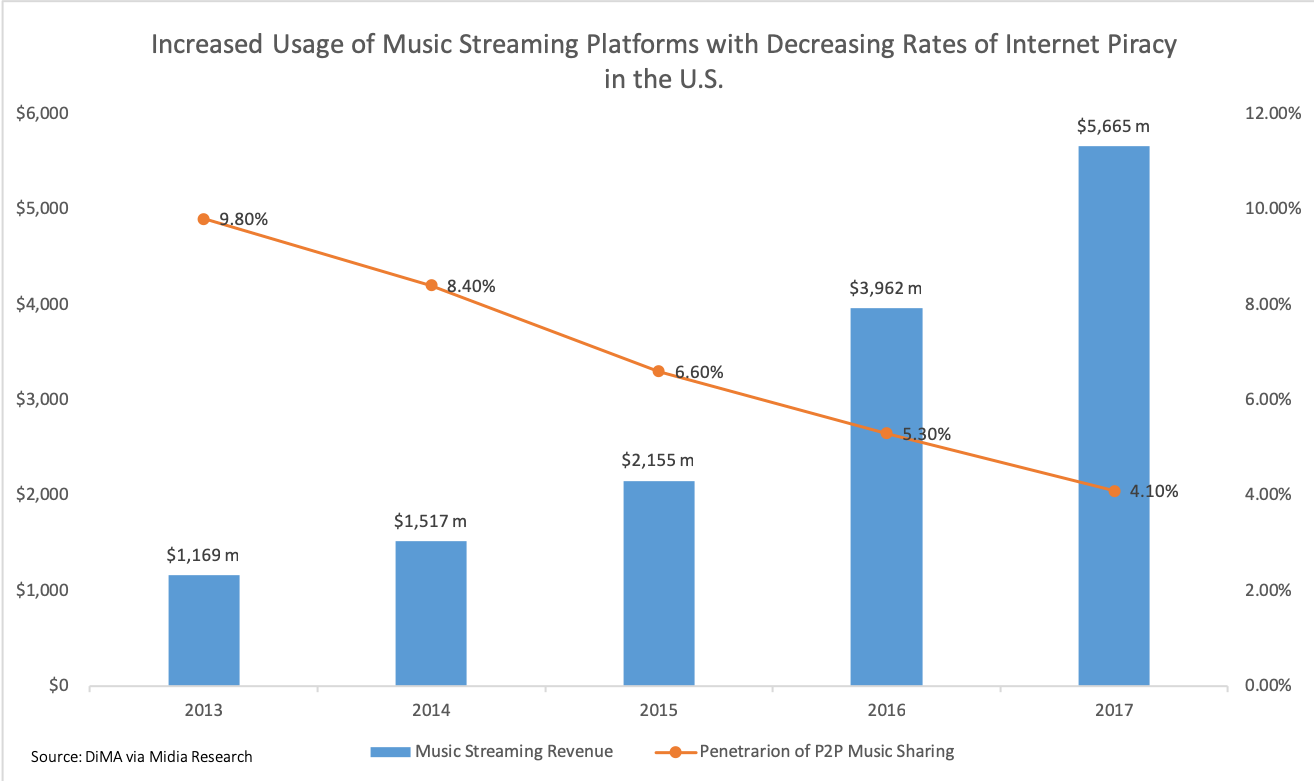|
Latvijas Radio 5
Latvijas Radio 5 - Pieci.lv is part of Latvijas Radio public service broadcasting network based in Riga, Latvia. Pieci.lv is public service broadcasting for youth, combining subculture, different lifestyle and opinion leaders. Currently the network consists of nine internet only stations and a nationwide FM station. On 15 March 2015, Pieci.lv competed in first European Radio Championship which was held in Milan. In the Championship the station was represented by Toms Grēviņš and Marta Līne. History Latvijas Radio 5 - Pieci.lv was launched at 10pm on 14 July 2013. The first station to be launched waPieci Koncertiwhich played exclusive live recordings from the Positivus Festival in Salacgrīva. Stations Pieci.lv streams several stations, available both online and in mobile apps: Pieci Latvieši- Latvian bands Pieci Hiti- pop music Pieci Rīti- replays of pieci.lv morning programmes Pieci Rokeri- Latvian and foreign rock Pieci Atklājumi- hits Pieci Bīti- club music ... [...More Info...] [...Related Items...] OR: [Wikipedia] [Google] [Baidu] |
FM Broadcasting
FM broadcasting is a method of radio broadcasting using frequency modulation (FM). Invented in 1933 by American engineer Edwin Armstrong, wide-band FM is used worldwide to provide high fidelity sound over broadcast radio. FM broadcasting is capable of higher fidelity—that is, more accurate reproduction of the original program sound—than other broadcasting technologies, such as AM broadcasting. It is also less susceptible to common forms of interference, reducing static and popping sounds often heard on AM. Therefore, FM is used for most broadcasts of music or general audio (in the audio spectrum). FM radio stations use the very high frequency range of radio frequencies. Broadcast bands Throughout the world, the FM broadcast band falls within the VHF part of the radio spectrum. Usually 87.5 to 108.0 MHz is used, or some portion thereof, with few exceptions: * In the former Soviet republics, and some former Eastern Bloc countries, the older 65.8–74 M ... [...More Info...] [...Related Items...] OR: [Wikipedia] [Google] [Baidu] |
Rēzekne
Rēzekne (, ; German: ''Rositten'') is a state city in the Rēzekne River valley in Latgale region of eastern Latvia. It is called ''The Heart of Latgale'' (Latvian ''Latgales sirds'', Latgalian ''Latgolys sirds''). Built on seven hills, Rēzekne is situated east of Riga, and west of the Latvian-Russian border, at the intersection of the Moscow – Ventspils railway and Warsaw – Saint Petersburg Railways. It has a population of 31,216 (2016)«Latvijas iedzīvotāju skaits pašvaldībās pagastu dalījumā» Data according to the Population Register of Republic of Latvia on 01/01/2016, PDF version available at: https://lv.wikipedia.org/wiki/R%C4%93zekne making it the 7th largest city in Latvia. Other names The Latgalian name of the city is ''Rēzne'' ( ). Historically in German sources the location has been known as ''Rositten''. Under the Russian Empire the city was named ''Rezhitsa'' (russian: Рѣжица, pl, Rzeżyca, yi, רעזשיצע). History A Latgalia ... [...More Info...] [...Related Items...] OR: [Wikipedia] [Google] [Baidu] |
Daugavpils
Daugavpils (; russian: Двинск; ltg, Daugpiļs ; german: Dünaburg, ; pl, Dyneburg; see other names) is a state city in south-eastern Latvia, located on the banks of the Daugava River, from which the city gets its name. The parts of the city north of the river belong to the historical Latvian region of Latgale, and those to the south lie in Selonia. It is the second-largest city in the country after the capital Riga, which is located some to its north-west. Daugavpils is located relatively close to Belarus and Lithuania (distances of and respectively), and some from the Latvian border with Russia. Daugavpils is a major railway junction and industrial centre and was an historically important garrison city lying approximately midway between Riga and Minsk, and between Warsaw and Saint Petersburg. Daugavpils, then Dyneburg, was the capital of Polish Livonia while in Polish–Lithuanian Commonwealth. Following the first partition of Poland in 1772, the city became part ... [...More Info...] [...Related Items...] OR: [Wikipedia] [Google] [Baidu] |
Valmiera
Valmiera (; german: link=no, Wolmar; pl, Wolmar see other names) is the largest city of the historical Vidzeme region, Latvia, with a total area of . As of 2002, Valmiera had a population of 27,323, and in 2020 – 24 879. It is a state city the seat of Valmiera Municipality. Valmiera lies at the crossroads of several important roads, to the north-east from Riga, the capital of Latvia, and south of the border with Estonia. Valmiera lies on both banks of the Gauja River. Names and etymology The name was derived from the Old German given name or the Slavic name . The town may have been named after the kniaz of the Principality of Pskov Vladimir Mstislavich who became a vassal of Albert of Riga in 1212 and for a short time was a vogt of Tālava, Ydumea and Autīne. Another version, it may have been named after the King of Denmark Valdemar II who allied with the Livonian Brothers of the Sword in Livonian Crusade. In the second half of 13th century Livonian Ord ... [...More Info...] [...Related Items...] OR: [Wikipedia] [Google] [Baidu] |
Ventspils
Ventspils (; german: Windau, ; see #Other names, other names) is a state city in northwestern Latvia in the historical Courland region of Latvia, and is the sixth largest city in the country. At the beginning of 2020, Ventspils had a population of 33,906. It is situated on the Venta River and the Baltic Sea, and has an ice-free port. The city's name literally means "castle on the Venta", referring to the Ventspils Castle, Livonian Order's castle built alongside the Venta River. Other names Ventspils was historically known as ''Windau'' in German language, German. A Russian language, Russian name from the time of the Russian Empire was ''Виндава (Vindava)'' or ''Виндау (Vindau)'' although ''Вентспилс (Ventspils)'' has been used since World War II. Some other names for the city include liv, Vǟnta and pl, Windawa. History Ventspils developed around the Livonian Order Ventspils Castle, built along the Venta River. It was chartered in 1314 and became an ... [...More Info...] [...Related Items...] OR: [Wikipedia] [Google] [Baidu] |
Liepāja
Liepāja (; liv, Līepõ; see other names) is a state city in western Latvia, located on the Baltic Sea. It is the largest-city in the Kurzeme Region and the third-largest city in the country after Riga and Daugavpils. It is an important ice-free port. The population in 2020 was 68,535 people. In the 19th and early 20th century, it was a favourite place for sea-bathers and travellers, with the town boasting a fine park, many pretty gardens and a theatre. Liepāja is however known throughout Latvia as "City where the wind is born", likely because of the constant sea breeze. A song of the same name ( lv, "Pilsētā, kurā piedzimst vējš") was composed by Imants Kalniņš and has become the anthem of the city. Its reputation as the windiest city in Latvia was strengthened with the construction of the largest wind farm in the nation (33 Enercon wind turbines) nearby. The coat of arms of Liepāja was adopted four days after the jurisdiction gained city rights on 18 March 16 ... [...More Info...] [...Related Items...] OR: [Wikipedia] [Google] [Baidu] |
Latgalian Language
Latgalian (''latgalīšu volūda'', lv, latgaliešu valoda) is an Eastern Baltic language belonging to the Baltic branch often spoken in Latgale, the eastern part of Latvia. It is debated whether it is a separate language with heavy Latvian influence, due to historical mutual exposure, or an eastern dialect of Latvian. Nevertheless, its standardized form is recognized and protected as a "historical variety of the Latvian language" ''(vēsturisks latviešu valodas paveids)'' under national law. The 2011 Latvian census established that 8.8% of Latvia's inhabitants, or 164,500 people, speak Latgalian daily. 97,600 of them live in Latgale, 29,400 in Riga and 14,400 in the Riga Planning Region. History Originally Latgalians were a tribe living in modern Vidzeme and Latgale. It is thought that they spoke the Latvian language, which later spread through the rest of modern Latvia, absorbing features of the Old Curonian, Semigallian, Selonian and Livonian languages. The L ... [...More Info...] [...Related Items...] OR: [Wikipedia] [Google] [Baidu] |
Rock Music
Rock music is a broad genre of popular music that originated as "rock and roll" in the United States in the late 1940s and early 1950s, developing into a range of different styles in the mid-1960s and later, particularly in the United States and United Kingdom.W. E. Studwell and D. F. Lonergan, ''The Classic Rock and Roll Reader: Rock Music from its Beginnings to the mid-1970s'' (Abingdon: Routledge, 1999), p.xi It has its roots in 1940s and 1950s rock and roll, a style that drew directly from the blues and rhythm and blues genres of African-American music and from country music. Rock also drew strongly from a number of other genres such as electric blues and folk music, folk, and incorporated influences from jazz, classical, and other musical styles. For instrumentation, rock has centered on the electric guitar, usually as part of a rock group with electric bass guitar, drums, and one or more singers. Usually, rock is song-based music with a Time signature, time signature using ... [...More Info...] [...Related Items...] OR: [Wikipedia] [Google] [Baidu] |
Pop Music
Pop music is a genre of popular music that originated in its modern form during the mid-1950s in the United States and the United Kingdom. The terms ''popular music'' and ''pop music'' are often used interchangeably, although the former describes all music that is popular and includes many disparate styles. During the 1950s and 1960s, pop music encompassed rock and roll and the youth-oriented styles it influenced. '' Rock'' and ''pop'' music remained roughly synonymous until the late 1960s, after which ''pop'' became associated with music that was more commercial, ephemeral, and accessible. Although much of the music that appears on record charts is considered to be pop music, the genre is distinguished from chart music. Identifying factors usually include repeated choruses and hooks, short to medium-length songs written in a basic format (often the verse-chorus structure), and rhythms or tempos that can be easily danced to. Much pop music also borrows elements from other st ... [...More Info...] [...Related Items...] OR: [Wikipedia] [Google] [Baidu] |
Online Streaming
Streaming media is multimedia that is delivered and consumed in a continuous manner from a source, with little or no intermediate storage in network elements. ''Streaming'' refers to the delivery method of content, rather than the content itself. Distinguishing delivery method from the media applies specifically to telecommunications networks, as most of the traditional media delivery systems are either inherently ''streaming'' (e.g. radio, television) or inherently ''non-streaming'' (e.g. books, videotape, audio CDs). There are challenges with streaming content on the Internet. For example, users whose Internet connection lacks sufficient bandwidth may experience stops, lags, or poor buffering of the content, and users lacking compatible hardware or software systems may be unable to stream certain content. With the use of buffering of the content for just a few seconds in advance of playback, the quality can be much improved. Livestreaming is the real-time delivery of co ... [...More Info...] [...Related Items...] OR: [Wikipedia] [Google] [Baidu] |


_early_20th_century.jpg)





